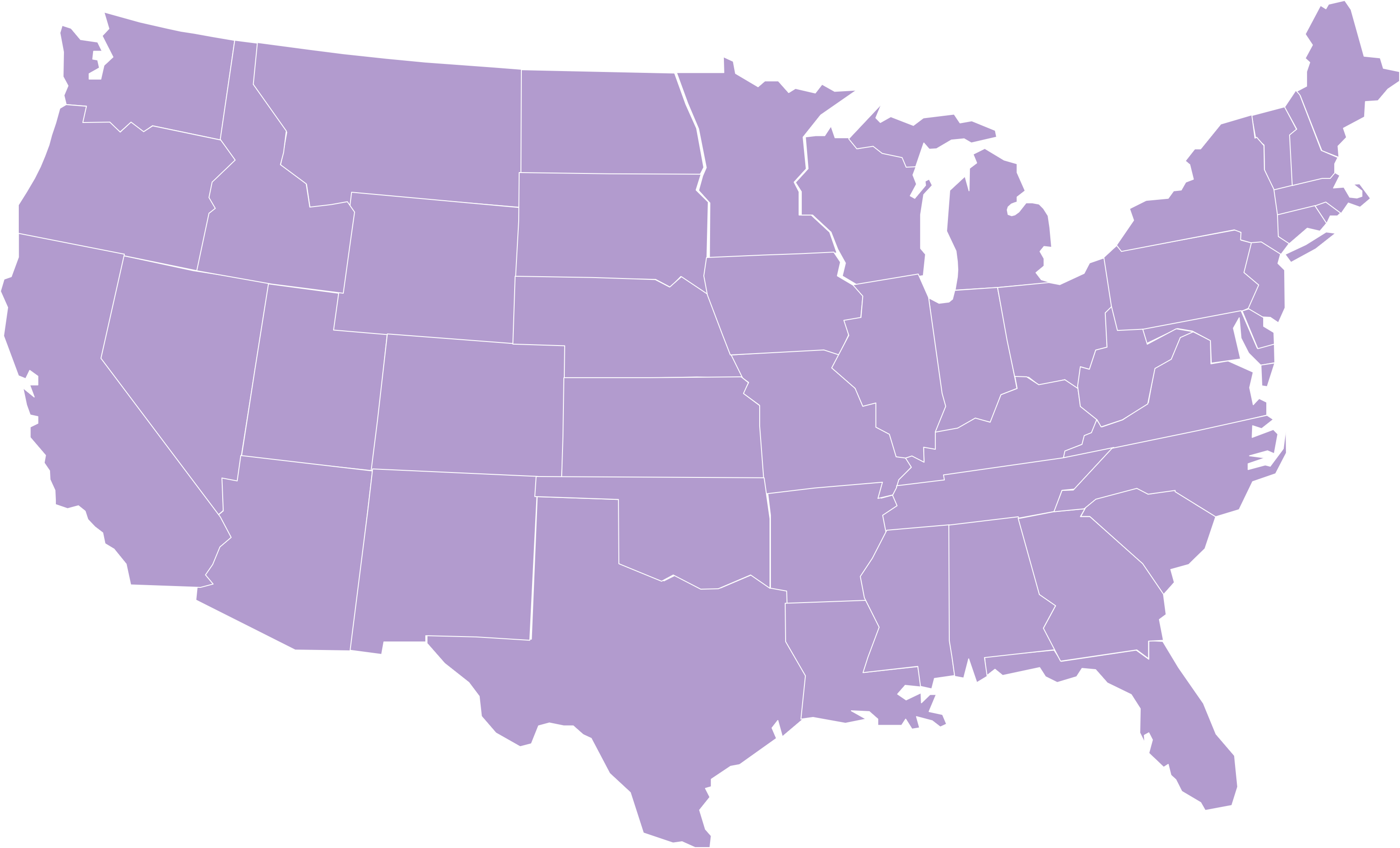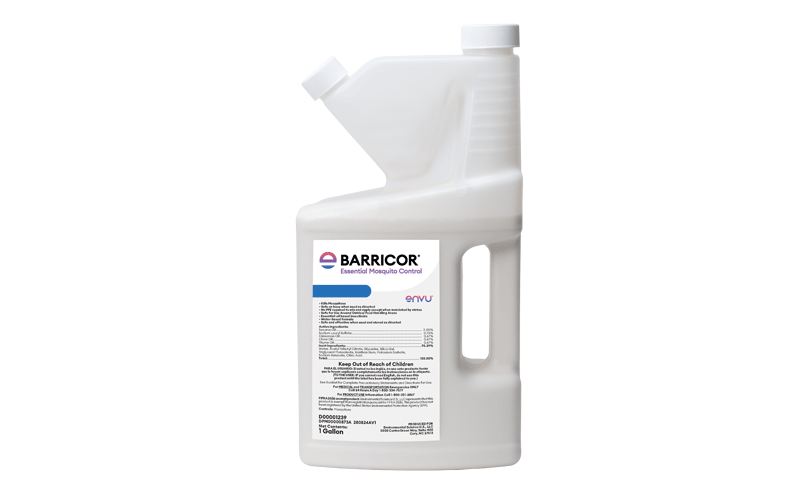Suspend PolyZone
Suspend PolyZone
Product Overview
Your core solution for long-lasting control and foundational protection
Suspend PolyZone insecticide keeps working for up to 90 days thanks to a polymer barrier that protects the active ingredient even in tough weather conditions and on the most challenging surfaces. You’ll see better results on a wide range of pests in your GIC program, plus fewer callbacks.
Key Features
Layers of control
- Long-lasting control means less insect pressure to treat with every application, leading to better results and fewer callbacks
Long-lasting protection
- Up to 90 days of control thanks to the polymer layer film that protects the active ingredient from water, warmth, grease and mechanical abrasion
Deltamethrin delivers
- Effective against species resistant to Type I pyrethroids, plus low toxicity profile means no wind speed restrictions
Key Benefits
- Provides up to 90 days of control
- Reduces callback frequency
- Performs through weather, UV light and other environmental factors
- Proprietary formula delivers complete coverage
- Better, more uniform distribution of active ingredient particles
- HACCP-certified for use in food-handling areas
Use & Control
Ants, bedbugs, boxelder bugs, brown marmorated stink bugs, carpenter ants, carpet beetles, centipedes, clothes moths, cockroaches, crickets, earwigs, firebrats, fleas, flies, fruit flies, gnats, hornets, millipedes, mosquitoes, moths, multicolored Asian lady beetles, pillbugs, scorpions, silverfish, spiders, ticks, wasps, yellow jackets
Please see the product label for a full list of pests.
Only products produced with the expanded label can be used for food-handling area applications.
Use & Safety
Application rates and delivery
Related Resources
Product Guides
Label
Special Labels
SDS
State Approvals
Suspend PolyZone has been federally approved and registered in all continental US states. Contact your Envu representative to learn more.

This map was most recently updated March 18, 2025
Similar Products
 Mosquito-Control
Mosquito-Control
Barricor Essential Mosquito Control
Barricor® Essential Mosquito Control is setting the...
See product Mosquito-Control
Mosquito-Control
Scion with UVX Technology
Scion® Insecticide with UVX® Technology is engineered to...
See product Insecticide
Insecticide
Talstar P Professional
There's a reason Talstar® Professional has become an...
See product


